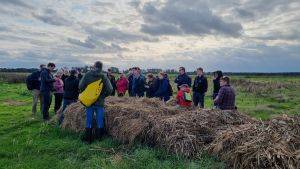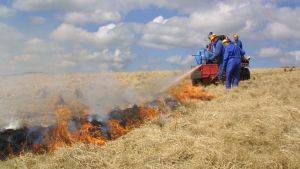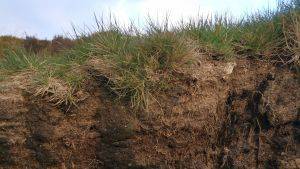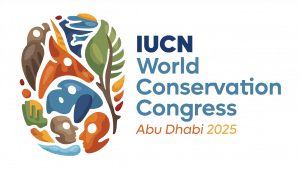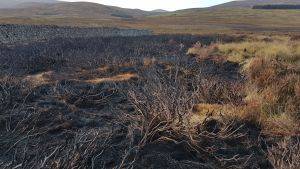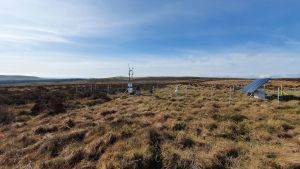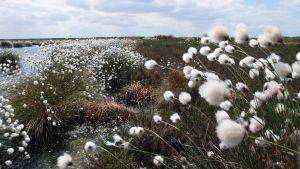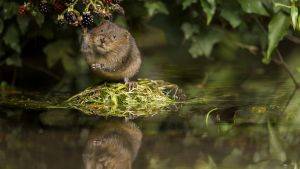A report launched today at the international climate change talks in Barcelona shows the UK as the 17th largest peatland area out of 175 nations with peat deposits. The report also shows damaged peatlands are responsible for at least 7% of the world’s carbon dioxide emissions. The UK is among the top 20 worst countries for peatland losses but is taking remedial action which could set a leading example.
The global problem of peatland damage has shocking implications for our efforts to halt climate change, with around 2 gigatonnes of carbon dioxide emitted every year from drainage, burning and conversion to agriculture and forestry. The greatest hotspot for these emissions is Indonesia where drainage for plantations is destroying vast areas of peatland.
The report “The Global Peatland CO2 Picture” published by Wetlands International highlights that across the world, emissions from peatland drainage go largely unreported in national greenhouse gas inventories. There are calls for the international climate change talks at Copenhagen to give greater recognition to the problem and for the Treaty to contain incentives to reduce emissions from peatlands both in industrialised and developing countries.
In the UK the deepest peatlands cover at least 3 million hectares and much of this has been drained for agriculture and forestry. When peatlands are wet, dead plant material is largely preserved in the form of peat, which has a high carbon content. Drainage allows the process of decay to breakdown the peat and release carbon dioxide.
Across the UK there are efforts to restore the water levels in some peatlands and reinstate habitat that maintains the carbon store. Peatland restoration projects are proving successful but are still small in relation to the damage inflicted over the Centuries. Extending such restoration work should be seen as an urgent matter. Carbon continues to be emitted from damaged peatlands for many decades until all of the peat is depleted, unless the habitat is restored.
Clifton Bain, Director of the IUCN UK Peatland Programme said “It is shocking news to hear just how badly peatlands have been treated across the world. These are not just massive carbon stores but are important wildlife habitats and provide natural water management benefits as well.
Here in the UK we have some excellent examples of Government supported projects aimed at restoring damaged peatlands. The UK, by showing a strong commitment to increasing peatland restoration and properly accounting for emissions, could help lead a global rethink. We want to see the worlds peatlands being conserved and restored as a vital part of our climate change efforts.”
ENDS
For further info contact: Rob Stoneman, Chair IUCN UK Peatland Programme
NOTES
1. The report “The Global Peatland CO2 Picture – Peatland Status and drainage related emissions in all countries of the world” can be obtained from Wetlands International - http://www.wetlands.org/peatco2picture
2. The IUCN UK Peatland Programme was established in 2009 to promote peatland restoration in the UK. A three year programme of work has been developed to provide a ‘conservation quartet’ consisting of partnerships, strong science, sound policy and effective practice. http://www.iucn-uk.org/Projects/PeatlandProgramme/tabid/109/Default.aspx
3. The talks in Barcelona are part of the international climate change negotiations under the Kyoto Protocol. Amendments are being proposed which would include peatlands and peatland restoration in the emissions reduction commitments of the 37 industrialized countries for the period beyond 2012. The details of how the emissions from peatlands will be accounted for are still to be worked out in the build up to the concluding talks in Copenhagen in December 2009.

